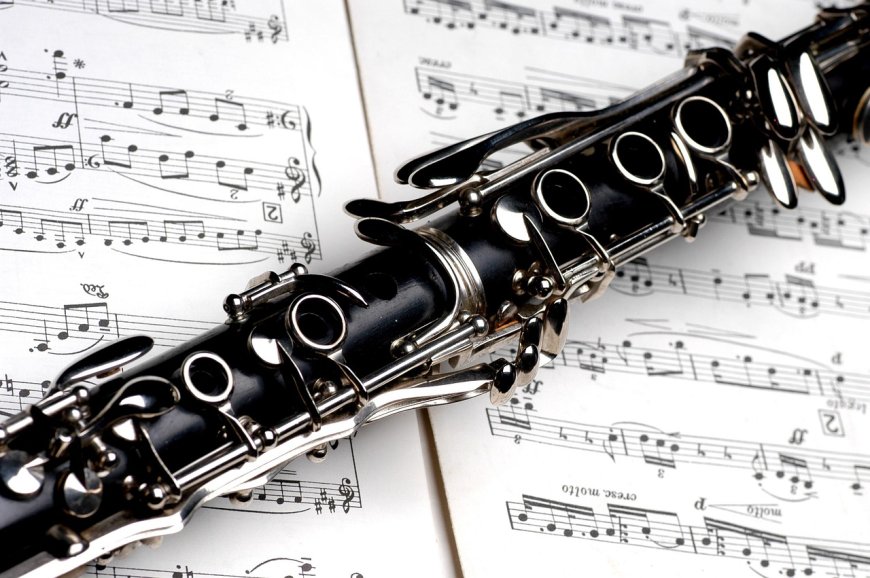Musical Instruments

🎶 What Is a Musical Instrument?
A musical instrument is any object or device that produces sound and can be used to create music. Instruments are blown into, plucked, bowed, struck, or use technology. They exist in every culture, from ancient drums to modern electric guitars. Instruments can be solo or ensemble and are grouped by how they produce sound: string, wind, brass, percussion, keyboard, and electronic.
🎻 String Instruments
String instruments create sound when vibrating strings are plucked, bowed, or strummed. Their sound is amplified by a hollow body or electric pickup.
- Violin, viola, cello, double bass (orchestra)
- Acoustic and electric guitar
- Harp, sitar (India), kora (West Africa), erhu (China)
🎺 Brass Instruments
Made of metal, brass instruments sound when the player buzzes lips into a mouthpiece. Valves or a slide change pitch.
- Trumpet, trombone, French horn, tuba
- Cornet, euphonium, didgeridoo (Australia)
🎷 Woodwind Instruments
Sound is produced by blowing air into or across a mouthpiece, often using a reed.
- Flute (no reed)
- Clarinet, oboe, bassoon (reed instruments)
- Saxophone
- Panpipes (South America), shakuhachi (Japan)
🥁 Percussion Instruments
Percussion instruments sound when struck, shaken, or scraped. They keep rhythm and can produce melody.
- Pitched: xylophone, timpani, marimba
- Unpitched: snare drum, bass drum, cymbals, tambourine
- World examples: djembe (Africa), congas and bongos (Latin America)
🎹 Keyboard Instruments
Played by pressing keys. Some use strings or air; others are electronic.
- Piano (hammers strike strings)
- Organ (air through pipes)
- Harpsichord (plucks strings)
- Synthesizer (digital sound)
⚡ Electronic Instruments
Generate sound electronically. Popular in modern music styles.
- Electric guitar with amplifier
- Synthesizer, drum machine
- Software instruments in DAWs on computers and tablets
🌍 Instruments from Around the World
Traditional instruments reflect cultural heritage.
- Africa: talking drum, balafon
- India: tabla, sitar
- East Asia: guqin (China), taiko drums (Japan)
🎓 Why Learn About Musical Instruments?
Studying instruments builds discipline, listening skills, memory, coordination, and creativity. It supports brain development, emotional expression, and community. Exploring different instruments helps young musicians choose one to learn and express themselves.
🧠 Vocabulary Review
- Reed: Thin vibrating material in woodwinds
- Mouthpiece: Part you blow into on wind/brass
- Keyboard: Set of keys on piano or synth
- Amplifier: Device that makes electronics louder
- Percussion: Instruments you hit or shake
📚 References
- Smithsonian Folkways – folkways.si.edu
- NAMM Foundation – nammfoundation.org
- Classics for Kids – classicsforkids.com
- BBC Bitesize Music – bbc.co.uk/bitesize/subjects/zmsvr82
- Music and the Brain Research – Harvard Medical School
📚 Also See:


















































